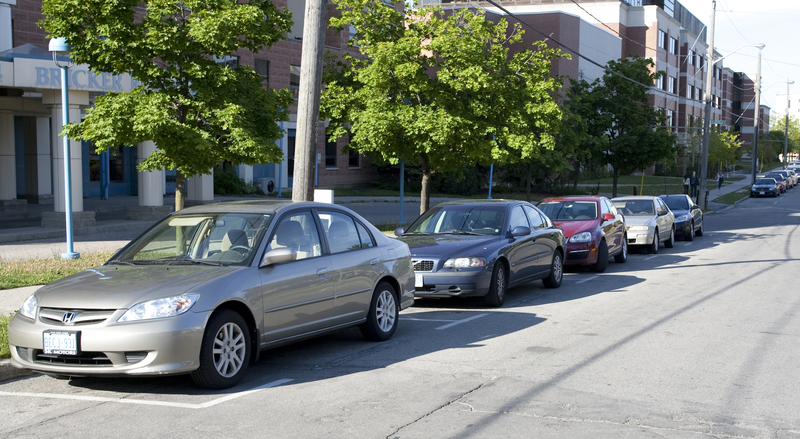Laurier’s campus dilemma


Wilfrid Laurier University is known for its intimately sized campus and tight-knit community. Although the school boasts a solid selling point for certain folks looking to apply, those boasts may be coming to an end. As available space reaches an all-time low and the need for refurbishment and improvement draws near. Dr. Joan Clos, Executive Director at the UN Habitat stated that “What defines the character of a city is its public space, not its private space.” The dichotomy between the underused and overused space on the campus is a reflection of this. According to Project for Public Spaces, public spaces “should be comfortable and have a good image.”
Over many years, the Laurier campus has become an uninspiring maze of buildings with no particular overarching architectural direction, distinctly separated by outdated dormitories. The Lazaridis School of Business is notably the single most impressive building the school has to offer.
The campus does not rely on building upwards to make space. Instead, there is an evident sprawl outward. Many schools and buildings have utilized the underground spaces beneath their existing infrastructure to accommodate the growing student population.
One issue with the use of space with regard to the student body ratio is the lack of parking on campus. Regardless of this preexisting issue, the school decided to eliminate more parking spaces with the expansion of the alumni field.
This is not inherently bad – less cars around can be beneficial for students, but with no plan to reconcile lost parking spaces, the benefit is one sided. More students are being admitted and many parking spaces are already taken by faculty. An underground parking lot could alleviate the stress of finding parking, especially for students who commute or, face disabilities. Further, a new parking lot would help curb the winter hassle.
It’s also time we start to rethink roofs as public spaces. Roofs make up as much area as the buildings, but they were not planned for use beyond their current state.
The future is in repurposing otherwise unnoticed spaces, and taking into account all the space we have available to us. Communal gardens are a great way to build community, promote horticulture, encourage positive mental health practices and research initiatives. Further, they create collaborative environments in which people can come together through growth and innovation. Additionally, taking a stroll through campus allows you to see the lack of picnic benches and other important additions that contribute to socializing and promoting group activities.
On warm days, there are very few spaces for students to enjoy spending time outdoors. Instead, there are abundant paved walkways, but little space to stop and enjoy a moment between buildings.


